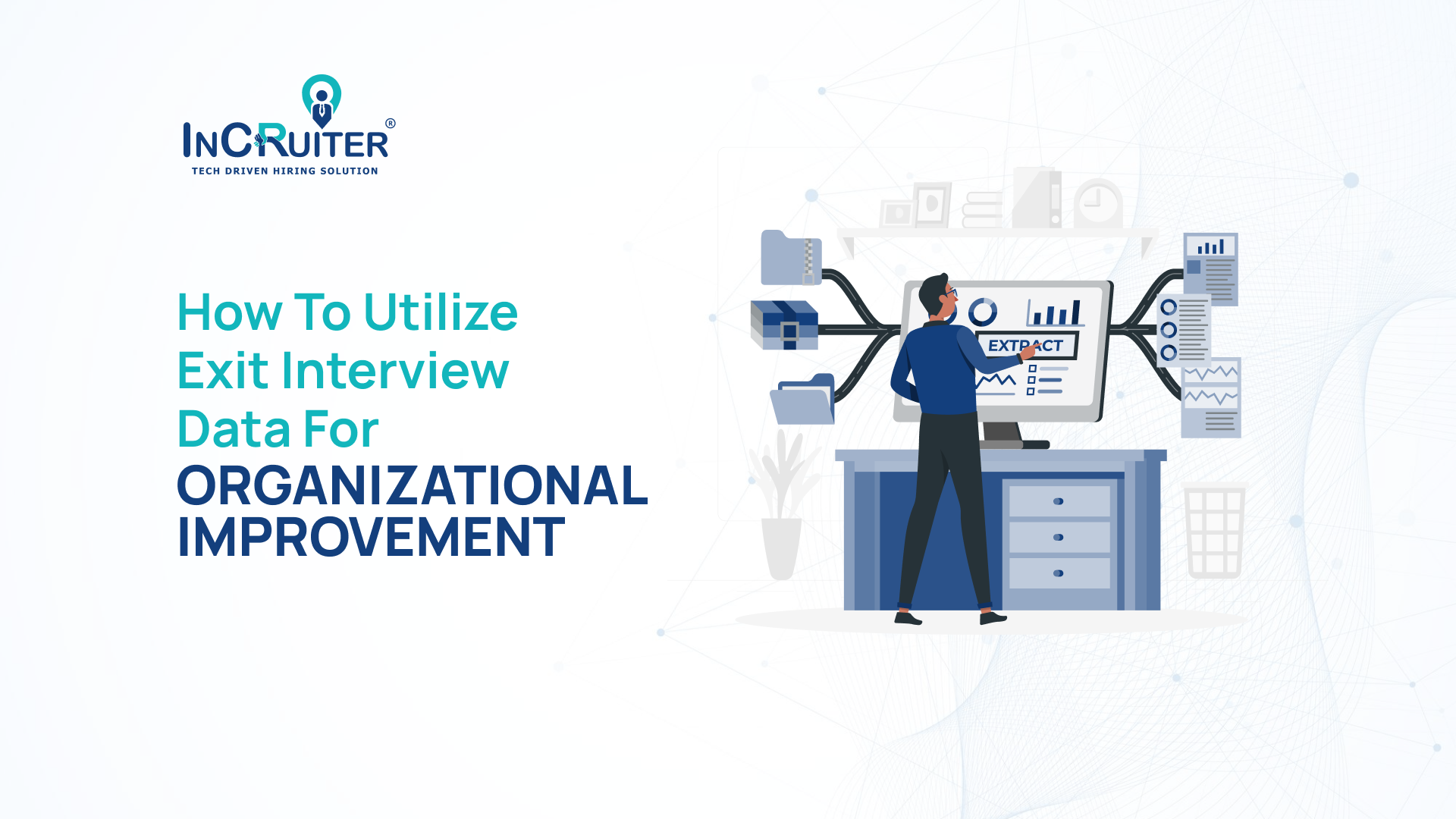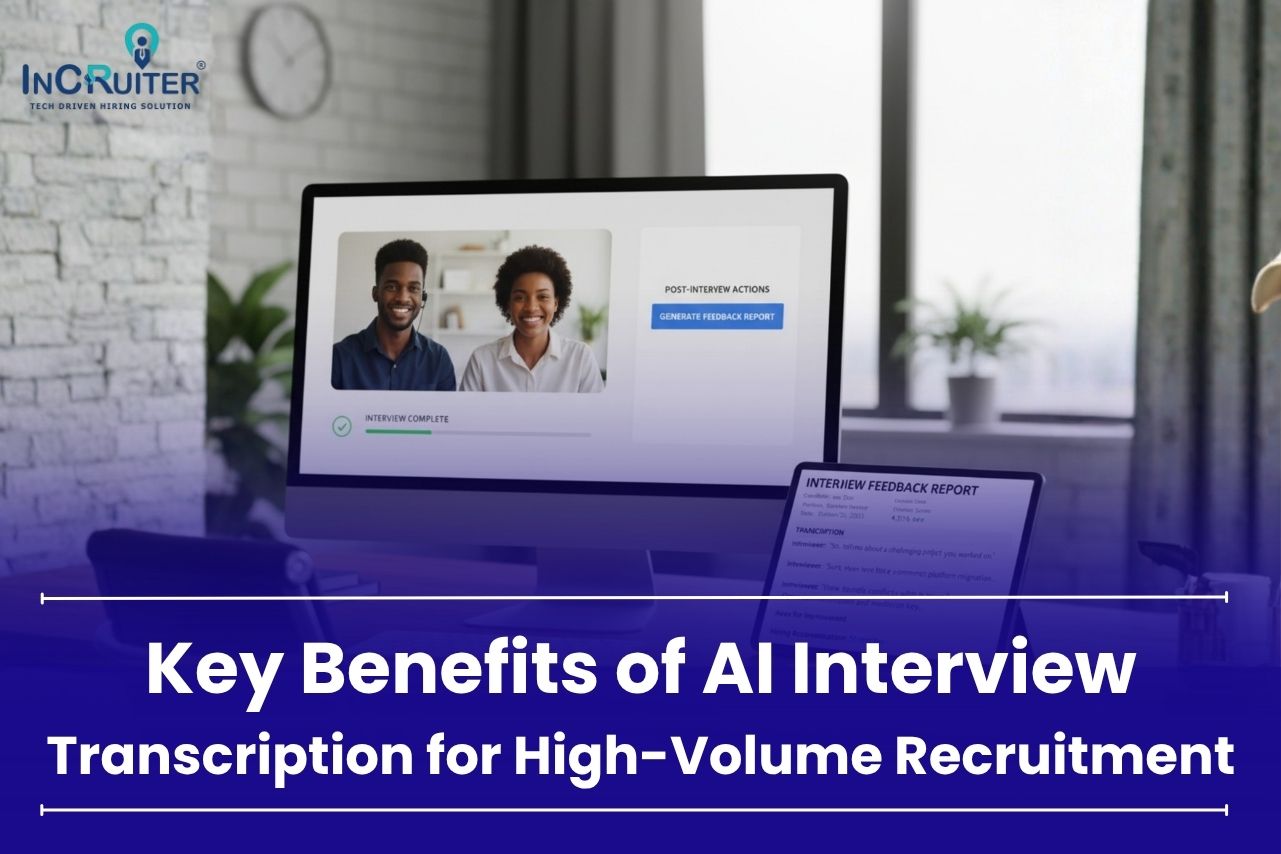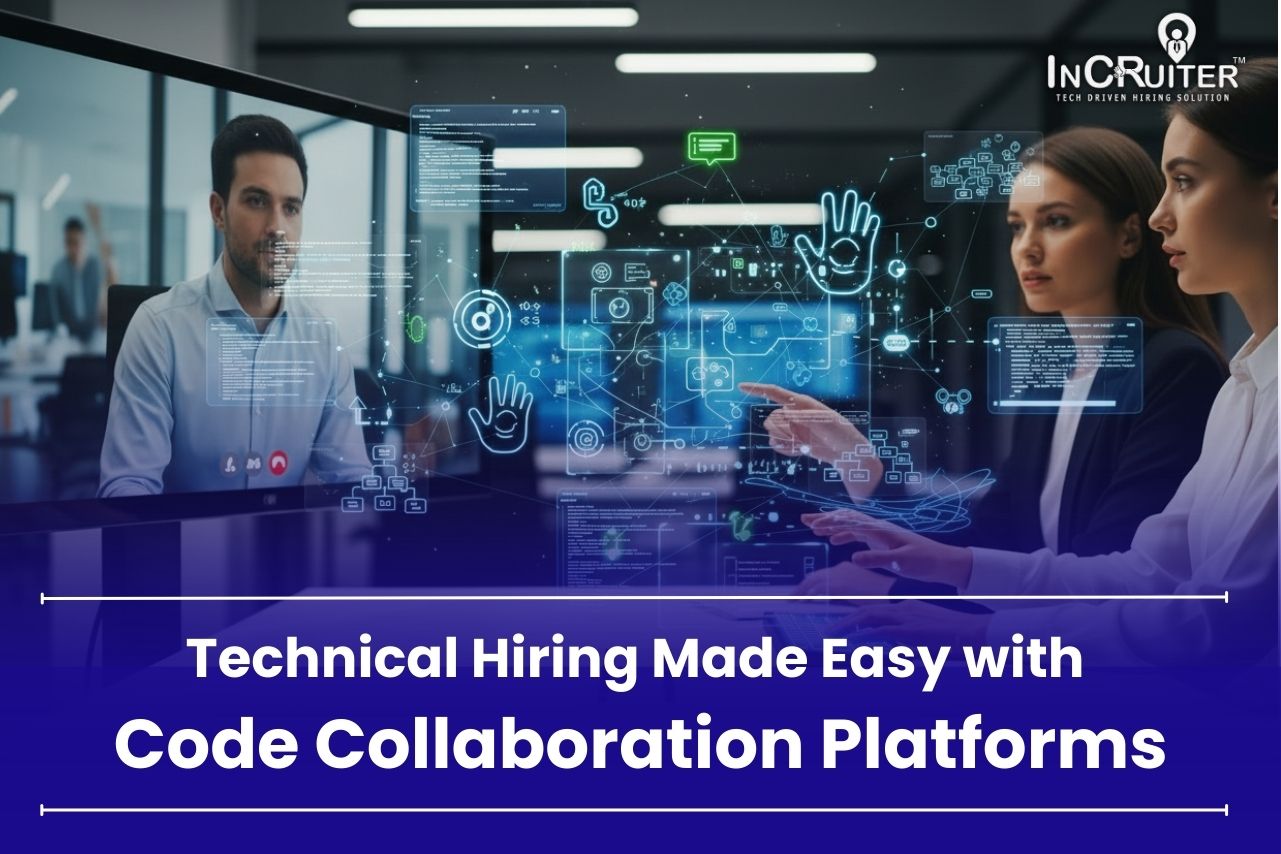According to research by Social, only 28% of HR managers act on the data collected by their exit interviews. This statistic seems scary because this data is the only way to understand why employees are switching companies. And, if HR managers are not using it properly, there is no point in conducting an exit interview. The data can help you grasp what factors are affecting your company’s turnover and what you can do about it. In the following blog, we will explore how you can effectively utilize exit interviewing data for organizational improvement.
Why Should You Use Exit Interview Data to Retain Talent in Your Company?
Did you know that 25% of departing employees rank their supervisors below 4 out of 5 for impartiality? This is where exit interview data comes into role. It allows you to fetch candid feedback from the departing workforce and gives you a chance to find things that you might not know happening in your company. Using this data enables companies to identify frequent themes, patterns, and areas of progress. By acting upon this data, organizations can develop a better working environment and improve their overall work performance.
4 Ways to Effectively Utilize Exit Interviews

Merge and analyze data
Start by collecting and organizing the feedback received from the departing employees. You can use an exit interview platform to avoid manual work, as these platforms provide automation and allow you to focus on having a real conversation rather than worrying about where to feed this data. With InCruiter’s exit interviewing services, you can look for common patterns such as work-life balance issues, impartiality, lack of growth opportunities, and dissatisfaction with management. Analyze the insights to identify the root causes of these themes.
Prioritize improvement areas
Once you understand the repeated patterns, prioritize areas of improvement. HR manager should focus on the factors that have an important impact on employee retention, satisfaction, and overall performance. This allows them to allocate the resources efficiently to address the issues.
Create actionable strategies
Based on the collected data through exit interview-as-a-service, create actionable strategies to address the concerns of the workforce. For example, if candidates commonly express dissatisfaction with the manager’s behavior or lack of growth opportunities, consider talking to the manager about the issues and bringing better mentorship programs for employees. Ensure that the strategies are measurable, realistic, and aligned with the company’s goals.
Implement and monitor progress
Implement the strategies and track the progress from time to time. Make sure to monitor the efficacy of the executed improvements and make adjustments as needed. This reiterative procedure enables companies to unceasingly improve and adapt to shifting requirements.
Also Read: Pre-Employment Checks: Hiring the Right Candidates
Conclusion
Exit interview data is valuable for companies that are looking to improve their operations and retain talent. Replacing a good candidate that can be an asset to the organization is not easy. So, it’s better to act on the insights and make necessary improvements. Furthermore, utilizing exit interview platforms and interview-as-a-service providers can streamline the procedure and improve data analysis capabilities. Eventually, investing in exit interview platforms and utilizing insights can lead to improved employee satisfaction, retention, and overall organizational growth.
FAQs (Frequently Asked Questions)
Ans: Exit interviews allow organizations to collect feedback from departing employees about their reasons for leaving, work experience, and suggestions for development, which HR managers can utilize for organizational improvement.
Ans: While both options have their benefits, utilizing exit interview platforms can provide added merits. With platforms like InCruiter’s exit interview, companies can simplify the procedure, maintain confidentiality, and analyze insights more effectively.
Ans: Exit interview platforms are a convenient solution where companies can outsource their exit interviews to third-party professionals. This enables Human resources to focus on their core tasks while ensuring consistent and unbiased data collection.



















